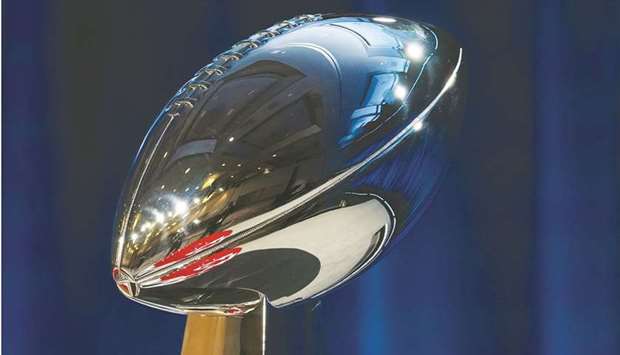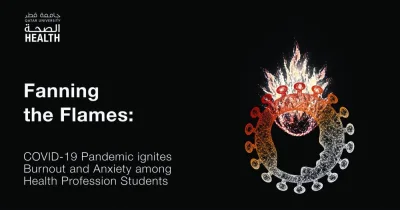It took multiple schedule changes and revisions to health and safety protocols but the finish line is finally in sight with the NFL now one championship game away from closing out a full season played against the backdrop of the Covid-19 pandemic.
The February 7 Super Bowl in Tampa, Florida, is all that stands in the path of the NFL becoming the first major North American professional sports league to play a complete and uninterrupted season since the novel coronavirus outbreak.
Despite a number of close calls along the way, the NFL, whose 32 teams are spread across 23 states, has managed to complete a full 256-game regular season that kicked off in September followed by 12 of the 13 scheduled playoff games. Perhaps making the feat all the more impressive is the fact that, unlike other leagues who used so-called bubbles designed to keep inhabitants safe from Covid-19, NFL teams have travelled between cities for games since the season began last September.
That is not to say there were no bumps along the way and hefty fines for Covid-19 violations, all while the NFL unveiled more intensive protocols for things like practices, meetings and face masks after the initial ones did not control the virus as effectively as it had hoped.
“We were flexible and adaptable throughout. We’ve modified our protocols throughout the season based upon the data and the learnings we got from testing and tracing programs,” NFL Chief Medical Officer Allen Sills told reporters on Monday during a conference call.
According to a scientific paper released on Monday by the Centers for Disease Control and Prevention (CDC) and jointly authored by NFL medical experts, elements of the league’s Covid-19 mitigation strategy could be extended to settings such as long-term care facilities, schools, and high-density environments.
The joint study showed the NFL found transmission of the virus occurred in less than 15 minutes of cumulative interaction between individuals, the timeframe initially used in the CDC’s definition of “close contact.”
“We learned in reporting this work that all close contacts are not created equal,” said Sills, who was a co-author of the study.
“There are some contacts that convey a much higher risk and circumstances really matter.
“And so we have been able to evolve our understanding away from simple basics of 16 and 15 minutes, which is maybe where we all started back in the early days of the pandemic.”
The paper also showed that over the course of the August 9-November 21 monitoring period about 623,000 Covid-19 tests were performed on approximately 11,400 players and staff members and 329, or 2.9%, tested positive. From September 27-October 10, a total of 41 cases were identified among players and staff members, 21 of which were believed to have resulted from within-club transmission at a single club, requiring closure of that club’s facilities.
The league then introduced a more intensive protocol during October, including the start of high-risk interaction tracing and daily testing, before a league-wide adoption of the protocol was put in place in late November. The NFL’s Intensive Protocol includes virtual-only meetings; limited outdoor gatherings; increased physical distancing; mask wearing at all times, including for players during practice; and eliminating group meals. The defending champion Kansas City Chiefs will face the Tampa Bay Buccaneers next month in front of a limited Super Bowl crowd of 22,000 spectators.

Vince Lombardi Trophy on display during a press conference before Super Bowl LIV at Hilton Downtown in Miami on January 29, 2020. (USA TODAY Sports)


